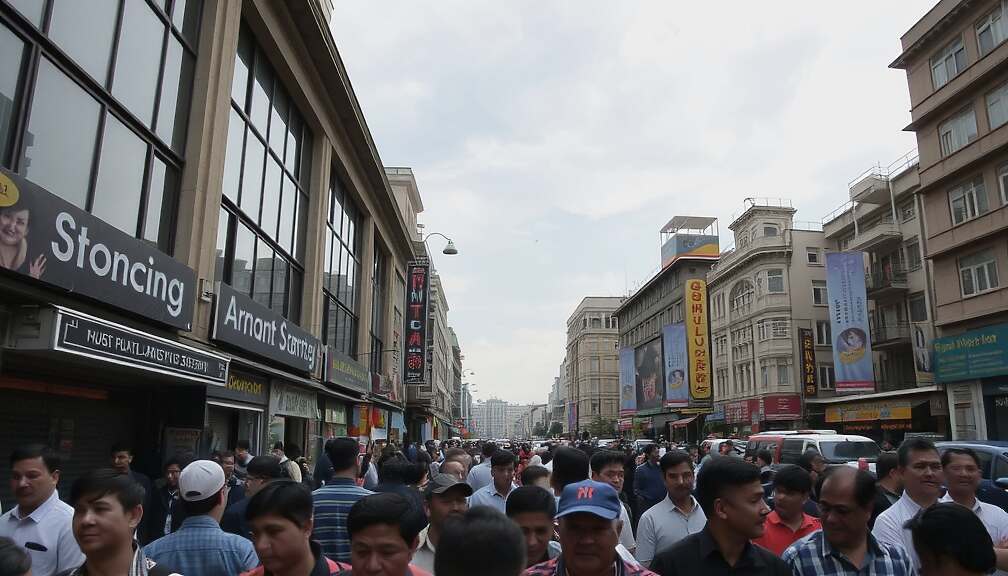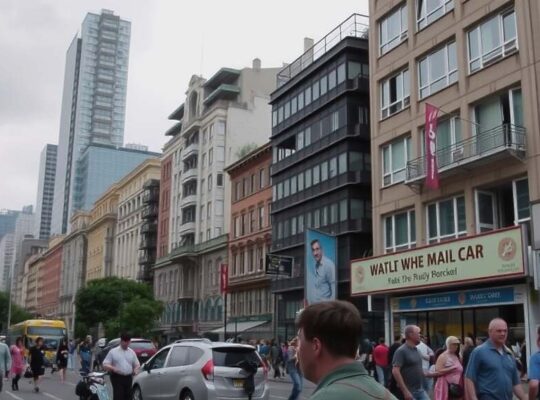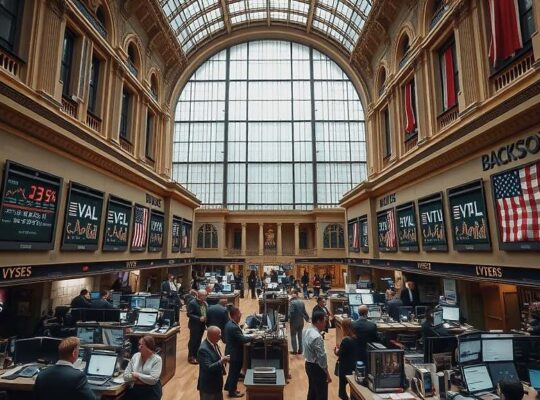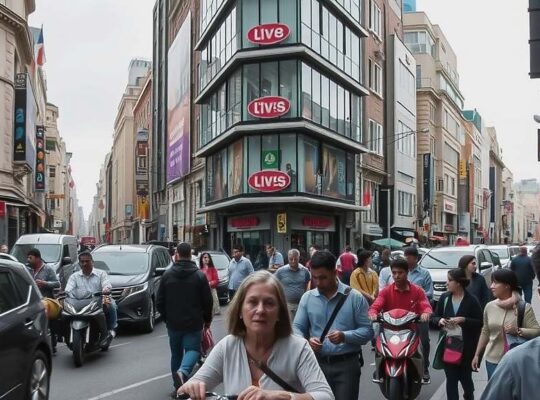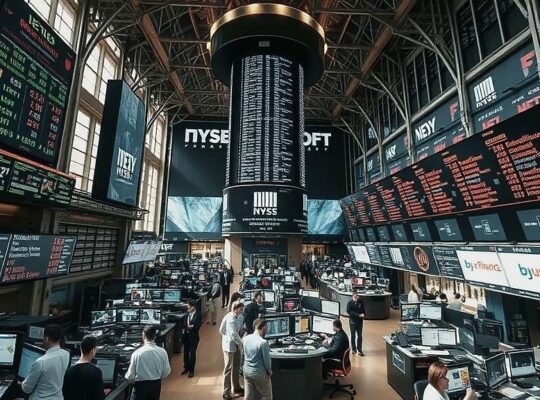European markets opened cautiously Wednesday, with the German DAX index displaying minimal change, hovering around 24,420 points, a slight uptick from the previous day’s close. While analysts at CMC Markets suggest this consolidation may signal the groundwork for a renewed buying spree potentially challenging record highs, a deeper look reveals underlying anxieties rippling through global financial markets, fueled by political polarization and economic uncertainty.
The ongoing government shutdown in the United States is contributing to a “flight to safety” characterized by a significant surge in gold prices. Reaching $4,037 per ounce – more than double its value in the past two years – gold is now reflecting investor apprehension concerning forthcoming economic data. The expected release of accumulated economic figures once the shutdown ends is anticipated to trigger volatility, exacerbating pre-existing concerns regarding weakening global trade and questions surrounding the Federal Reserve’s independence.
Beyond the immediate economic impact, a stark political division within the United States is manifesting on Wall Street. The typically balanced investor sentiment-roughly a third pessimistic, a third neutral and a third optimistic-has dramatically shifted. Neutrality has plummeted, while both pessimists and optimists have seen a marked increase. This polarization isn’t merely a consequence of economic anxieties; it’s intricately linked to the highly charged political climate and the anticipated ramifications of the upcoming US election.
“You now have two distinct camps” noted one analyst. “Those firmly behind the President’s vision of a ‘golden age,’ and those actively and vocally, opposed to it”. This ideological fracture has fundamentally eroded the moderate center, leaving market reactions increasingly prone to extreme swings based on perceived political signals.
Interestingly, this period of market gains is being dubbed the “most hated rally” – a phenomenon driven by the dominance of pessimists waiting for an inevitable correction. The very presence of such a large contingent of doubters, paradoxically, could be sustaining the upward trend; delaying the reversal as those hesitant investors are eventually drawn into the market. However, when that final wave of reluctant buyers enters, it may simultaneously mark the peak.
The Euro continues to weaken, trading at $1.1615, further reflecting the broader landscape of investor caution. Oil prices have also seen a positive shift, with Brent crude reaching $66.08 a barrel, driven by geopolitical tensions and ongoing supply concerns.
The current market behavior underscores a critical point: financial stability is inextricably linked to political and ideological certainty. The absence of that certainty is creating a fragile ecosystem, where rallies are fuelled by anxiety and peaks are shadowed by the constant threat of correction.


